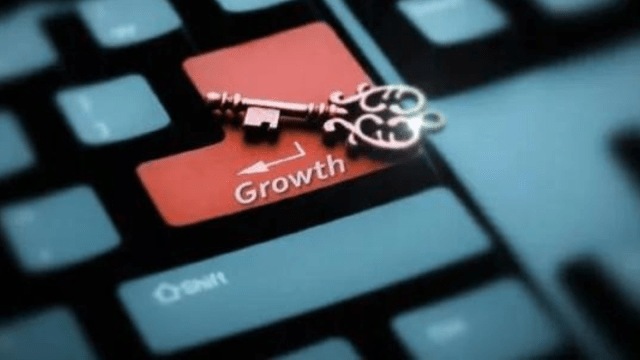Union Budget 2024: How it can keep India’s economic trajectory intact
Expectations are that the interim budget announcements will focus on keeping growth momentum intact. Preliminary data and research points to budget expectations such as government sector-specific incentives & subsidies and a focus on increased adoption of technology.
 File Image: GDP Growth
File Image: GDP GrowthBy Dr. Rumki Majumdar
India’s economy could be growing at 7.3% in FY 2023-24, according to the first advance estimates released by the National Statistical Office (NSO). This would be the second consecutive year that the country would record such a high growth performance. Even the IMF has upped its medium-term outlook for India in its recent forecast.
The PMI manufacturing and services in December point to better performance, specifically the services sector that has been holding up well. Growth in the bank’s non-food credit has remained strong despite RBI’s tighter monetary policy stance.
Higher Passenger Vehicle (PV) sales in higher segments, more foreign tourist arrivals, and larger personal credit growth suggest improving consumer spending. GST collection went up by 10.3 per cent in December suggesting that the government may have more resources to spend on its initiatives and reforms. Portfolio investments turned positive in December after two consecutive negative quarters.
Improving India’s outlook and better-than-expected performance of the US has improved investors’ confidence. Re-orientation of supply chains and rising digitisation needs also are driving flows into India. The net services trade balance also remained steady at $14.4 billion in November 2023.
Risks weighing on growth
That said, a few indicators point to risks that weigh on growth. CPI inflation accelerated to 5.7 per cent in December 2023, up from 5.6 per cent in November, primarily due to a rise in food inflation. However, core inflation continued to ease and fell below the RBI’s tolerance level, suggesting that broad-based inflation may be contained for now. The Indian rupee depreciated very quickly between July and September last year but has been stable since then. Oil prices continue to remain vulnerable with significant downside risks due to the ongoing Red Sea crisis.
There is optimism among investors and businesses on the outlook as the growth consensus over the next two years is around 6.5 per cent, as per IMF. A preliminary survey result by Deloitte suggests that the consumer sector seems to be most buoyant, and we believe an increase in consumer spending on a broader base. Urban demand is doing well and that would keep spending on luxury segments high with improvement in GST collections as well.
What this year’s budget could do
Expectations are that the budget announcements will focus on keeping growth momentum intact. Preliminary data and research points to budget expectations such as government sector-specific incentives & subsidies and a focus on increased adoption of technology.
We too expect that there will be an emphasis on continued digitisation across sectors and spending on acquiring skills. This will help India boost productivity and help businesses acquire scale of production and operations through improved collaboration networks and ecosystems, know-how, and better branding. The variations in the subsidy-to-capex ratio in the PLI scheme — with more going toward IT hardware, medical devices, and telecommunications — show the government’s intent to focus on hi-tech products that will help India move up the global value chains.
This year’s budget will primarily keep a check on fiscal expenses, ensure a quicker execution of ongoing projects, and cool down inflation by managing the food supply side.
Managing global headwinds poses another challenge in 2024, given the anticipation of gradual global growth and political uncertainties. This is accentuated by elections in at least 64 countries, including major nations and blocs like the US, the UK, Germany, and EU.
Dr. Rumki Majumdar is an Economist with Deloitte India



- 01
- 02
- 03
- 04
- 05




























